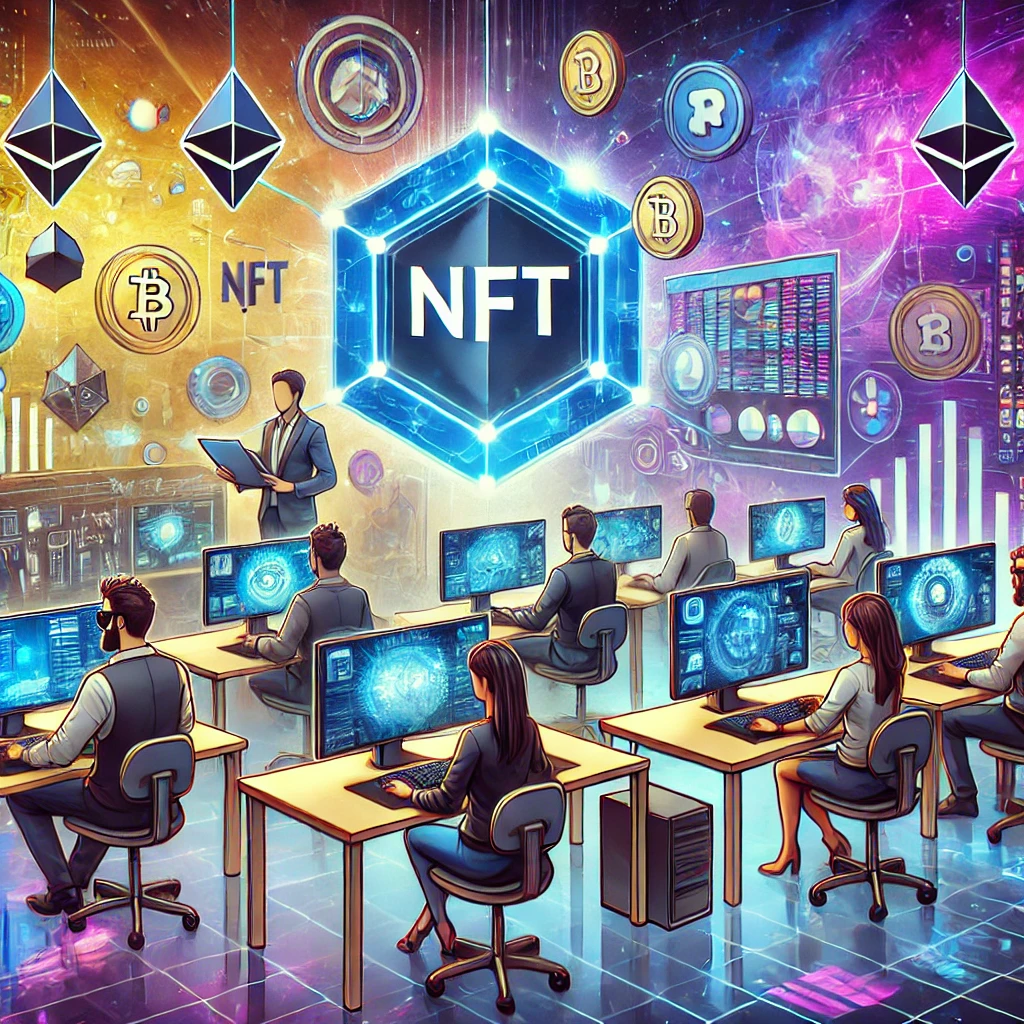The emergence of Non-Fungible Tokens (NFTs) has revolutionized several industries, with the sports sector being one of the most dynamic adopters. NFTs have introduced new ways for fans to engage with their favorite teams, players, and moments. But what exactly is NFT for sports, and how does it work? Let’s dive in!
Understanding NFTs in Sports
NFTs are digital assets that represent ownership of unique items or content, secured on a blockchain. In sports, NFTs are used to tokenize:
- Memorabilia (e.g., autographed jerseys or game-worn items).
- Collectibles (e.g., trading cards, video highlights).
- Exclusive fan experiences (e.g., meet-and-greet sessions or VIP tickets).
- Digital assets (e.g., virtual stadiums or fantasy sports players).
NFTs bring transparency, provenance, and security, ensuring that the ownership of digital and physical assets is verifiable and tamper-proof.
How NFTs Work in the Sports Industry
1. Tokenization of Assets
Sports franchises tokenize assets—whether physical (e.g., a signed football) or digital (e.g., iconic match highlights)—into NFTs. Each NFT is minted on a blockchain (e.g., Ethereum, Solana, Polygon), making it unique and impossible to replicate.
2. Buying and Selling
Fans and collectors can purchase these NFTs via NFT marketplaces like OpenSea, NBA Top Shot, or specialized platforms like Sorare. Once bought, NFTs can be stored in a digital wallet.
3. Smart Contracts
NFTs leverage smart contracts to automate processes like royalty payments to athletes or revenue splits between teams.
4. Fan Engagement
Teams use NFTs to engage with fans by offering exclusive benefits, such as access to private communities, live events, or signed merchandise.

Build Your Future with NFT Sports Marketplaces

Impact of NFTs on Sports
1. New Revenue Streams
According to a 2023 report by Statista, the global sports NFT market was valued at $2.6 billion and is projected to grow to $41.6 billion by 2032. Teams and athletes monetize their content directly, bypassing traditional intermediaries.
2. Enhanced Fan Experience
- Example: The NBA Top Shot platform allows fans to buy, sell, and trade officially licensed video highlights of iconic basketball moments. In 2021, NBA Top Shot recorded over $700 million in sales.
- Example: Sorare, a fantasy football platform using NFTs, attracted 2 million users by offering tradable player cards.
3. Ownership of Moments
NFTs allow fans to own a piece of history, such as:
- Diego Maradona’s “Hand of God” moment tokenized as an NFT.
- Cristiano Ronaldo’s digital trading cards.
Examples of Successful Sports NFT Projects
1. NBA Top Shot
- Operated by Dapper Labs, this platform enables fans to collect and trade highlight reels.
- Notable Sale: A LeBron James dunk sold for $387,600.
2. Sorare
- Combines fantasy football and blockchain, letting users trade digital player cards.
- Fact: Sorare raised $680 million in funding, reflecting the platform’s massive popularity.
3. DraftKings Marketplace
- NFL partnered with DraftKings to release NFT-based collectibles tied to fantasy football, giving fans more interactive ways to play.
4. FC Barcelona
- In 2022, FC Barcelona launched an NFT auction for a 3D animation of Johan Cruyff’s famous goal, fetching $693,000.

Benefits of NFTs for the Sports Industry
For Fans:
- Ownership: Fans gain verifiable ownership of sports memorabilia.
- Community Access: Exclusive benefits like event tickets or virtual meet-ups.
- Resale Value: NFTs can appreciate, creating investment opportunities.
For Teams & Players:
- Direct Engagement: Athletes connect directly with fans, boosting loyalty.
- Monetization: Players monetize their likeness and career milestones.
- Transparency: Blockchain ensures authenticity, reducing counterfeiting.
Challenges in Sports NFTs
1. Market Volatility
The NFT market is still speculative, with prices often fluctuating dramatically.
2. Environmental Concerns
Early blockchains like Ethereum faced criticism for energy consumption. However, the transition to Ethereum 2.0 and eco-friendly alternatives like Polygon have mitigated these concerns.
3. Legal and Copyright Issues
Tokenizing assets like highlight reels often requires navigating complex copyright and intellectual property laws.
Future of NFTs in Sports
The sports NFT market is set to expand with innovations like:
- Augmented Reality (AR): Enhancing fan experiences by integrating NFTs into AR applications.
- Fan Tokens: Teams like Paris Saint-Germain and Juventus issue fan tokens, enabling holders to vote on decisions and access exclusive content.
- Metaverse Integration: Virtual stadiums where fans can buy NFT tickets or interact with digital avatars of players.
According to PwC, NFTs will become a key component of the sports industry’s $5 billion annual digital revenue by 2030.
Unlock Sports Innovation: Hire Expert NFT Developer

Conclusion
NFTs have fundamentally transformed how fans interact with sports, blending the digital and physical worlds to offer unique, valuable experiences. With billions of dollars in revenue potential, NFTs in sports are not just a passing trend—they are a paradigm shift. Whether you’re a casual fan, a dedicated collector, or an athlete, NFTs offer an exciting new way to celebrate the passion and culture of sports.
As the technology evolves, expect NFTs to play an even bigger role in shaping the future of the sports industry.















